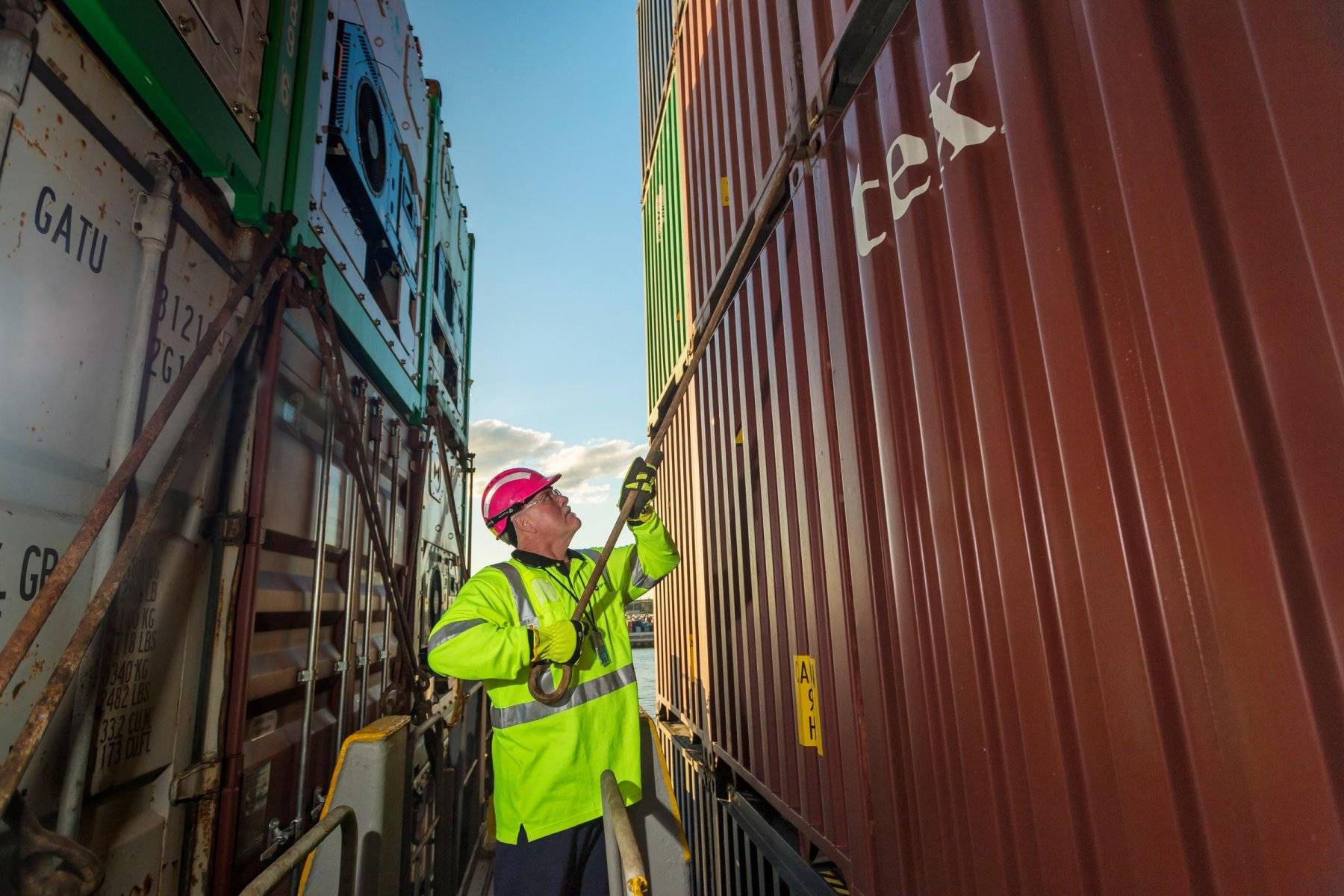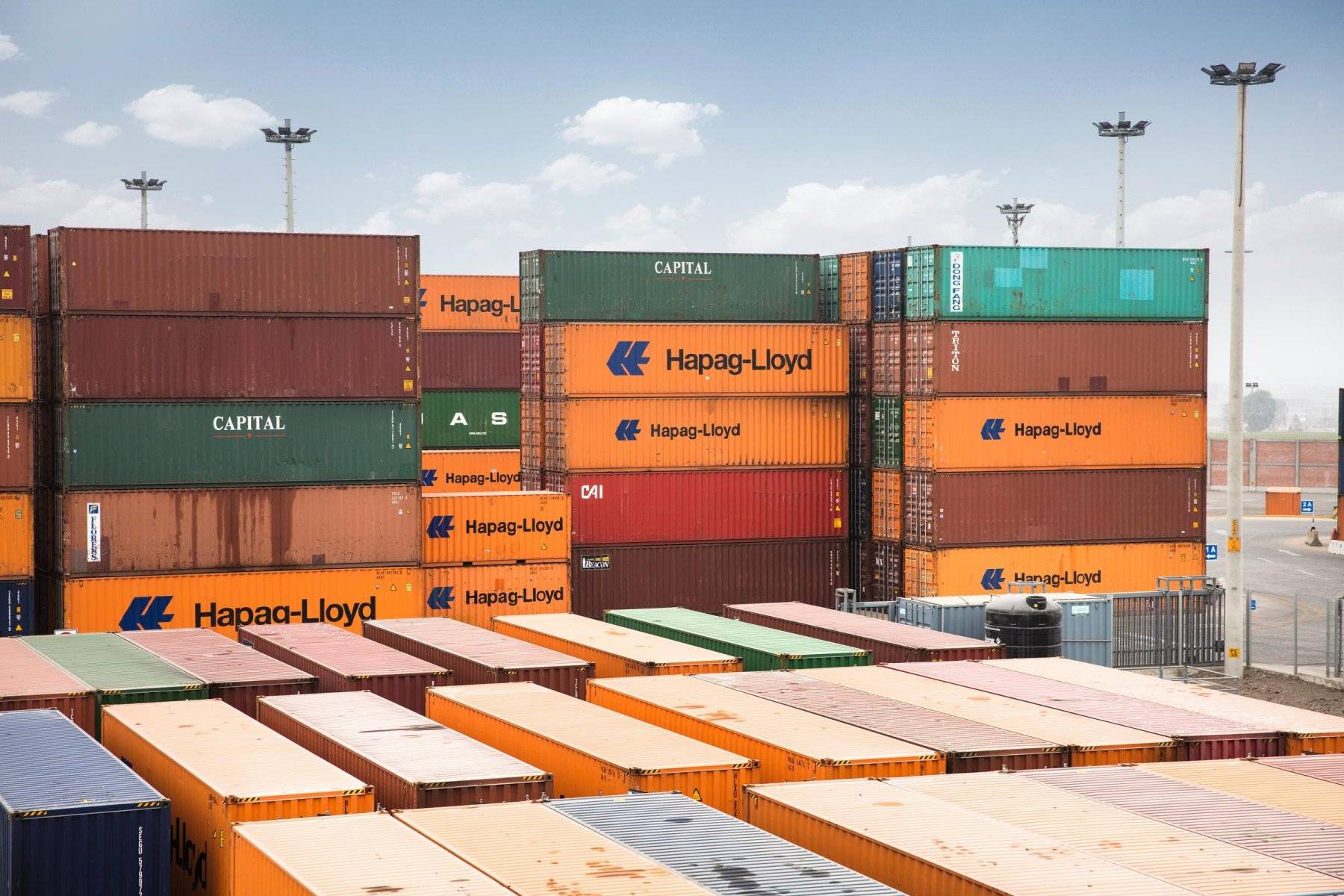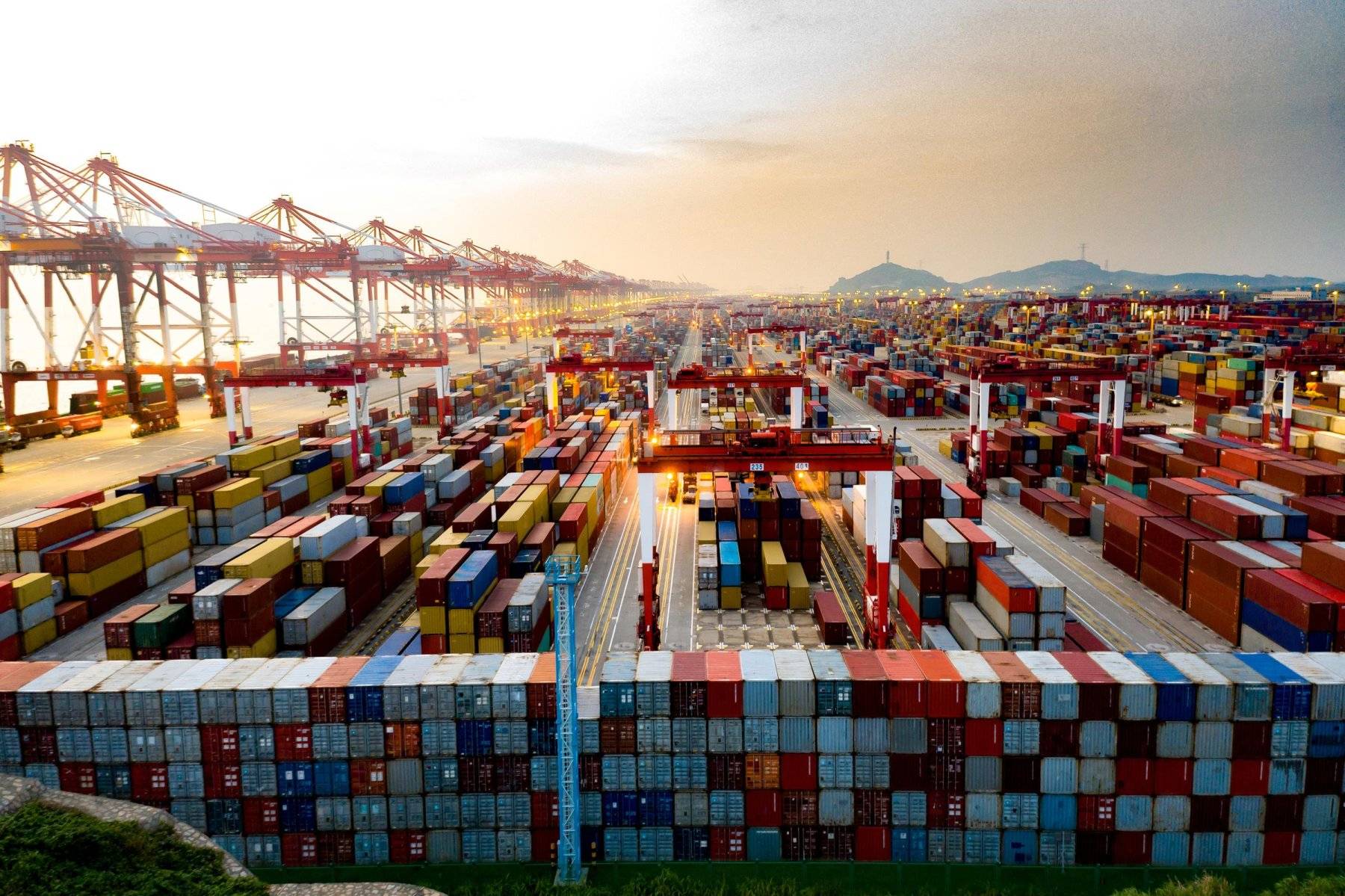Your consignments will pass through many stages of the logistics process during transportation. Therefore, it is entirely under your control to ensure resistance to weather conditions and temperature changes and avoid breakage and damage to your goods by choosing containers that are reliable and equipped with the necessary facilities. In order to avoid any misunderstandings and, for example, suddenly not preparing refrigerated containers for the vehicles' transportation, instead of planning Ro-Ro shipping, let's move on to our quick guide on how to make a choice of containers.
Characteristics to consider when choosing a shipping container
Our emphasis is on the security and reliability of container shipping. Cargo transportation is fully successful if the main goal is achieved – the cargo is delivered completely undamaged. There are at least 3 aspects to keep in mind when planning transportation:
How to choose a safe container? The container used to transport your goods must first and foremost be equipped with a reliable, tamper-resistant design. Shackles and thick necks that are difficult to break with a blade will protect your container from breaking. Special hinged security locks are also convenient.

How to find a quality shipping container? The constant tension on the container walls, bottom, and roof, as well as its operation under different conditions and temperatures, can lead to wear and tear. Therefore, to ensure durability, you should decide on a container whose material can withstand the short and long distances of shipping different cargoes. We recommend a corrugated container design to achieve universal rigidity and a long service life.
Shipping container vs. Weather conditions. No matter how well-made it is, it will still need to be repaired at some point. This service is especially important for sea shipping, as containers are exposed to rust, dents, deflection, and other damage due to storms and tornadoes. You can extend the service life of your containers by using the repair services available at the port.
How to choose a container?
Having realized the importance of a reliable container design, let's move on to the general subtleties of deciding on a container. Logistics providers worldwide compare options for ownership (purchase/lease), equipment, and number of containers, guided by the scale and frequency of their supplies, shipping routes, cargo characteristics, and other specific requirements. Below are the most basic ones. If you have any additional questions about your shipping operations, feel free to contact SeaRates Support Service.
New shipping container vs. Old shipping container
The age of your container is an important factor to consider. Used containers are typically cheaper than new containers, but they may require more frequent inspections and repairs. Obviously, new containers are more durable and stable, but used containers are a great solution for storing goods in warehouses. In this regard, you should note that some common groups of goods do not require exclusively new containers, so this is an issue you can save money on.
Leasing vs. Owning a container
For an accurate understanding, let's start with the question, "How much is it to buy one container?". If your business intends to scale up and carry out regional or international trade and logistics operations, it is worth planning to invest in a container: A 20ft dry container can cost from $1,500 to $3,500, and a 40ft high cube (HC) container can cost between $2,500 and $6,000. This way, you get long-term benefits and even the ability to resell containers to companies that scrap them after use. However, leasing containers is also popular because of its advantages: cost savings and the absence of ongoing maintenance responsibilities.

What are your transportation needs?
The type of cargo you are shipping will determine the type of container you need. When assessing your shipping options, it is crucial to consider the type of cargo being transported as well as the container you choose. By evaluating different container shipping options, you can ensure that your goods are securely and efficiently delivered. For example, fragile or flammable cargo will require a different type of container than break bulk cargo or liquid cargo. Additionally, for oversized or heavy machinery, considering specialized Heavy Haul Trucking services can be essential to ensure safe and compliant transportation. Specify the features of your cargo when choosing a container for their transportation.
Different types of shipping containers
Standard shipping containers, high-cube, open-top, flat-rack, platform, refrigerated, bulk, and tank—all of them are designed to transport specific cargo better. You can learn about all these types in our guide to make an informed choice.
More characteristics of containers
The most commonly used sizes for cargo containers are 20ft and 40ft. There are also 10ft and 45ft containers available. The small sizes prevail due to their compactness, and the large ones are adapted for heavy or large lightweight cargo, and can also be equipped with a high cube. Learn more about the properties of the containers and choose the right size for your specific goods.
Container insurance and warranty options
After the purchase or during the checkout, ask if these services are mandatory to avoid additional costs. You can optimize your logistics budget by working with providers that offer such services as leasing and purchasing containers.
Conclusion
Effective transportation depends on the parties involved in the logistics process deciding on the best and most suitable cargo containers. This issue requires care and responsibility, as the size, type, and quantity of containers must be strictly matched to the goods to be transported. Cargo containers that are sent to ships half-empty are useless for your shipping budget. Therefore, a lack of containers will cause difficulties, such as delays, in the entire supply chain.
It is always best to inspect shipping containers in person before you book or purchase them. However, if you are unable to do so, you can request photo and video inspections from the manufacturer.
The SeaRates team keeps sharing with you practical guides on the overall nuances of cargo transportation and offers a comprehensive Door-to-Door and Port-to-Port shipping service. Book your shipment on SeaRates.com to get the lowest freight rate and full assistance throughout delivery.
Contact us at [email protected] for assistance with any of your freight shipping needs.

